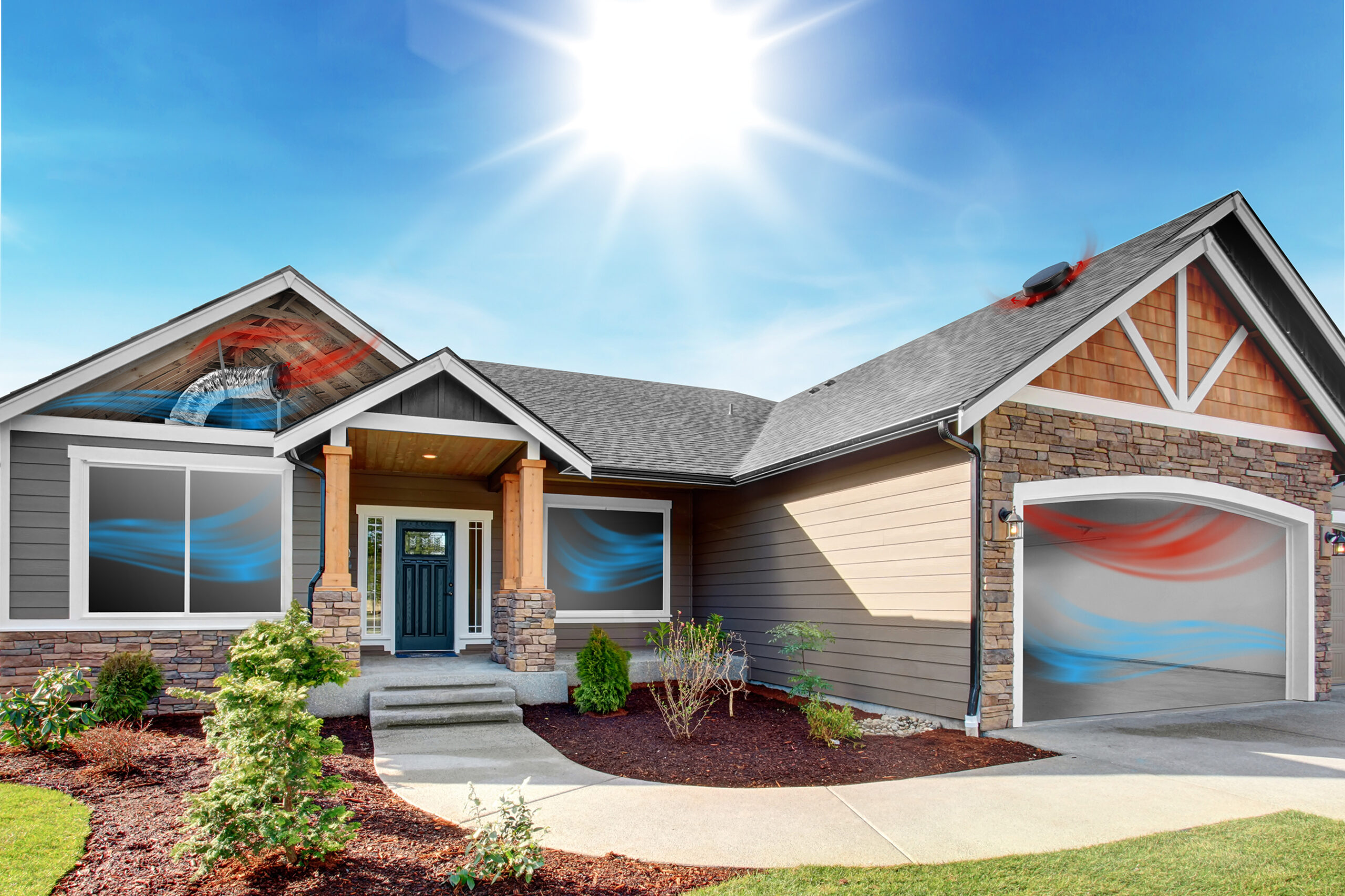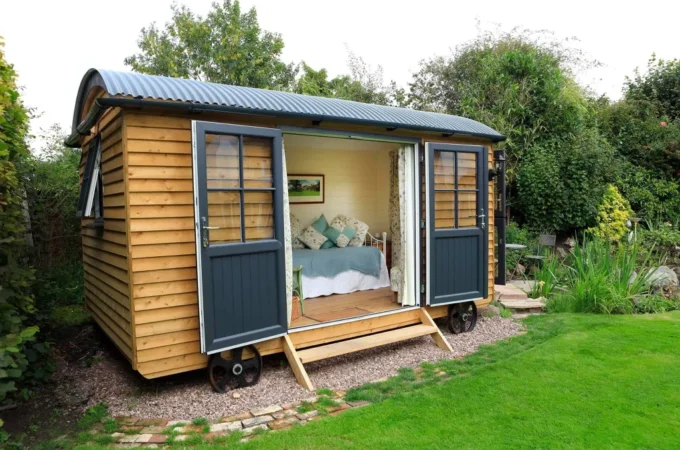
How Does Natural Ventilation Cool a House?
For the last few years, the UK’s summers have been getting hotter and hotter, and you may have found yourself considering air-conditioning as a solution to battle the heat in your home. But, rather than shelling out on A/C, did you know that it’s perfectly possible to cool down your home dramatically with natural ventilation and save yourself a small fortune at the same time? It’s not only your bank balance that will be thanking you; the environment will be pretty grateful too!
When you examine the benefits of ventilation in the context of cooling down a building, you can be forgiven for thinking that the only option is to simply open a window and hope for the best. While windows are an essential part of the process which allows air to enter and leave, there’s actually more to the way air behaves than meets the eye. Let’s take a look at some natural ventilation types.
Wind-driven Ventilation

Also known as “cross-ventilation”, this technique uses wind and high/low pressure to funnel air through your home to increase air circulation. We’ve all heard the term “through-breeze”, which is exactly what wind-driven ventilation is all about. By placing different openings of varying sizes, i.e. windows and doors, around your home in areas of high and low pressure, you will increase the strength of air-flow and be able to direct the breeze where you want it to go. While it’s not plausible for most people to go redesigning their home to reposition doors and windows, you can make adjustments to how you use the ones you have. Air is naturally sucked towards the places in your house where the air pressure is lower; so by having a large entry point, you will naturally build up more pressure that will allow the air to pass with greater force through to the exit points. Opening the windows on the opposite side of the house from where it enters will afford you maximum benefit from this natural pressure-building effect.
Buoyancy-driven Ventilation
If wind-driven ventilation is not suitable for your home (perhaps you live in a very windy place already and don’t want to be blown all around your living room), perhaps buoyancy-driven ventilation might be a better option for you. As warm air naturally rises, having a way of moving this air out of your home, and replacing it with cool air, will improve air flow and cool down your house, without having to install expensive air-conditioning. Floor louvers at ground level will allow the cooler air to enter and push the warmer air upwards through an open window.
Consider What’s Going On Outside Your Home

If you’re lucky enough to live in a green area, you’ve probably noticed how much fresher the air generally feels compared to other places in your town or city. Not only do trees and plants provide shade and clean the air, but they’re also great for channelling air and creating breezes. If you have a garden, consider planting some more trees and shrubs, or erecting fences. Strategically placed, these things can all help push the air where you want it to go (towards an open window, for example) and filter strong winds.
There are plenty of ways to increase natural ventilation in your home, without having to turn on the A/C. Simply creating well-placed air flow in and around your house will leave your pad feeling fresh and airy all year round.




